You're about to discover the most essential LIDAR mapping accessories that'll transform your surveying and mapping projects in 2025. As technology advances, choosing the right tools has become both easier and more complex. From cutting-edge sensors to sophisticated development kits, these six accessories represent the pinnacle of what's available in today's market. Whether you're a seasoned professional or just starting out, understanding these top picks will give you a significant advantage in the field.
WayPonDEV RPLIDAR C1 360 Degree Lidar Sensor
The WayPonDEV RPLIDAR C1 stands out as a robust choice for robotics enthusiasts and developers who need precise environmental scanning with its impressive 12-meter radius and 360-degree coverage.
You'll appreciate its high accuracy with a ±30mm ranging resolution and 15mm range accuracy, making it ideal for robot positioning and mapping. Its 10Hz typical scanning frequency and 5K sampling rate guarantee reliable data collection. The sensor's IP54 rating and 40,000 lux light resistance mean you can deploy it in various environments.
While you'll find ROS and ROS2 support helpful, be prepared to work through setup challenges due to limited documentation. Consider alternative USB cables, as some users report connection issues.
Best For: Electronics hobbyists, robotics developers, and automation engineers who need accurate 360-degree environmental scanning for indoor robot navigation and mapping projects.
Pros:
- Excellent accuracy with ±30mm ranging resolution and 15mm range accuracy for precise positioning
- Robust build quality with IP54 rating and high light resistance for reliable operation
- Compatible with ROS/ROS2 and multiple operating systems including Windows, Linux, and ARM Linux
Cons:
- Limited documentation and poor instruction materials make setup challenging
- QR codes lead to dead links, complicating access to support resources
- USB cable issues reported by users may require purchasing alternative cables
SB COMPONENTS Lidar LD06 Module with Development Kit
Versatile robotics enthusiasts and developers will find the SB COMPONENTS Lidar LD06 Module particularly appealing due to its broad compatibility with popular single-board computers like Raspberry Pi, Jetson Nano, and Beaglebone.
At just 3.52 ounces and compact dimensions of 3.15 x 3.15 x 1.57 inches, this development kit won't weigh down your projects. The module's 360-degree scanning capability and TOF technology deliver precise environmental mapping and distance measurements. You'll appreciate its high-frequency data transmission for real-time mapping applications. The brushless motor design guarantees longevity, offering up to 10,000 hours of continuous operation – perfect for long-term robotics and automation projects.
Best For: Robotics developers, makers, and automation enthusiasts who need a reliable and precise LIDAR solution for projects requiring environmental mapping and obstacle detection.
Pros:
- Excellent compatibility with multiple popular development boards including Raspberry Pi, Jetson Nano, and Beaglebone
- Long operational life with up to 10,000 hours of continuous use from the brushless motor design
- Comprehensive 360-degree scanning capability with high-frequency data transmission for real-time mapping
Cons:
- Limited customer reviews available to assess real-world performance and reliability
- May require additional programming knowledge and setup time for integration
- Higher price point compared to simpler sensor solutions for robotics projects
Lidar Laser Distance Sensor for Roborock Vacuum Cleaners
Designed for modern Roborock robot vacuum owners, Lidar Laser Distance Sensors provide vital mapping capabilities across multiple models, including the S7 Pro, S7 MaxV, and S8 series.
You'll find this sensor excels at detecting obstacles like furniture and walls, creating accurate maps of your home for efficient navigation. It's compatible with numerous Roborock models, including the Q7, Q5, and Q8 Max+ series.
To maintain your vacuum's best performance, you'll want to replace the sensor periodically. The stable proximity sensing guarantees your robot cleaner navigates precisely, making it an essential component for thorough, automated cleaning sessions.
Best For: Robot vacuum owners with compatible Roborock models who want to maintain or upgrade their vacuum's mapping and navigation capabilities.
Pros:
- Compatible with a wide range of modern Roborock models
- Provides precise obstacle detection and mapping capabilities
- Ensures stable and accurate navigation during cleaning sessions
Cons:
- Requires periodic replacement for optimal performance
- Only compatible with specific Roborock models
- May need technical knowledge for proper installation and maintenance
WayPonDEV L1PM 4D 3D Lidar Sensor Module Kit (L1PM 20M)
Professional users seeking extensive spatial data will find the WayPonDEV L1PM 4D 3D Lidar Sensor Module Kit ideal for their mapping needs. You'll get high-precision mapping with its 360° horizontal and 90° vertical scanning capabilities, capturing 21,600 points per second at a 20-meter radius.
The kit's built-in IMU with 3-axis acceleration and gyroscope guarantees accurate positioning, while its ultra-low blind zone of 0.05m enables close-range detection. You can rely on its stable performance even under intense 100K lux outdoor lighting. Whether you're working on robotics, smart city projects, or industrial security, this 230-gram device supports essential functions like SLAM navigation and 3D reconstruction.
Best For: Professional developers and engineers working on robotics, autonomous systems, or smart city projects requiring precise 3D mapping and navigation capabilities.
Pros:
- High-precision spatial data collection with 21,600 points/second and 360° horizontal scanning
- Excellent performance in bright outdoor conditions (up to 100K lux) with stable ranging
- Versatile applications support including ROS SLAM compatibility and 3D reconstruction capabilities
Cons:
- Relatively short scanning radius of 20 meters compared to some competing LiDAR sensors
- Limited 30-day return policy might be insufficient for thorough testing in complex applications
- Higher price point than basic motion sensors, making it less suitable for simple detection needs
SLAMTEC RPLIDAR C1 Robot Scanner for Navigation and Mapping
The SLAMTEC RPLIDAR C1 offers robotics engineers and DIY enthusiasts a powerful 360° scanning solution with a 12m range capability. You'll appreciate its high-performance specs, including measurement frequencies of 8,000 to 32,000 times per second and scanning rates of 10-20Hz.
The C1's innovative brushless motor design eliminates belt drive issues while reducing noise and friction. It's compatible with ROS and includes Windows 10 test programs for quick setup. You can deploy this versatile scanner across multiple applications, from service robot navigation to parking space detection and drone mapping. Whether you're building autonomous vehicles or creating environmental scans, the C1 delivers reliable performance for your mapping needs.
Best For: Robotics developers, makers, and engineers working on autonomous navigation projects requiring accurate 360-degree environmental scanning and mapping capabilities.
Pros:
- High measurement frequency (up to 32,000 measurements/second) and scanning rate (up to 20Hz) for precise mapping
- Improved mechanical design with brushless motor reduces noise and maintenance needs
- Versatile applications from robot navigation to parking detection with ROS compatibility
Cons:
- Limited range of 12 meters may not be sufficient for larger-scale applications
- Scanning frequency tops out at 20Hz, which might be too slow for high-speed applications
- Windows 10-specific test program may limit development options for users of other operating systems
Yahboom Handheld Mapping Lidar Scanner with T-Mini Plus
Hobbyists and developers seeking versatile LIDAR mapping capabilities will find the Yahboom Handheld Mapping Lidar Scanner a powerful solution. With a 12-meter scanning radius and support for both ROS2 and Linux, you'll get professional-grade mapping functionality in a handheld device.
The scanner's 6-axis IMU and anti-shake features guarantee accurate map construction, while the built-in buzzer alerts you to potentially distorting tilts. You can monitor your scans through the OLED display and transfer data wirelessly via WiFi-UDP. Whether you're using a RaspberryPi 5, Jetson Nano, or accessing the open Python source code, you'll appreciate the all-encompassing SDK tutorial and cross-platform mobile app support.
Best For: Professional developers, robotics enthusiasts, and mapping specialists who need a versatile handheld LIDAR scanner with comprehensive software support and precise measurement capabilities.
Pros:
- Extensive platform compatibility including ROS2, Linux, and mobile apps with comprehensive SDK and tutorials
- Advanced positioning accuracy with 6-axis IMU and anti-shake features for reliable map construction
- Wireless data transmission and real-time monitoring through OLED display and mobile integration
Cons:
- Virtual machine software not compatible with MAC systems
- Limited to 12-meter maximum scanning radius
- Requires technical expertise to fully utilize ROS2 and programming capabilities
Factors to Consider When Choosing LIDAR Mapping Accessories
When you're selecting LIDAR mapping accessories, you'll need to evaluate key specifications like scanning range, coverage area, and data processing capabilities to guarantee they match your project requirements. You'll want to confirm the accessories can integrate smoothly with ROS systems and withstand your intended operating environment's conditions, whether indoors or outdoors. Power consumption and battery life should factor into your decision, as these directly impact the duration and efficiency of your mapping sessions.
Scanning Range and Coverage
Selecting appropriate scanning range and coverage capabilities stands as a fundamental decision when choosing LIDAR mapping accessories. You'll need to assess the maximum detection distance, which can extend up to 20 meters or beyond, depending on your project requirements.
Look for sensors that offer 360-degree scanning coverage to guarantee thorough environmental mapping. Consider the blind spot specifications, with top performers achieving detection as close as 0.05 meters from the sensor. The angular resolution you choose will determine mapping detail quality – a 0.72° resolution delivers sharper results than lower options. Don't overlook scanning frequency, which typically ranges from 8Hz to 20Hz. Higher frequencies enable faster data collection, which is essential when you're mapping dynamic environments or need to complete projects quickly.
Data Processing Capabilities
Through careful evaluation of data processing capabilities, you'll maximize the effectiveness of your LIDAR mapping accessories. Focus on devices that can handle at least 21,600 points per second for detailed environmental mapping. Look for systems with high-frequency data transmission, which guarantees real-time processing for quick mapping updates and obstacle detection.
Consider accessories that support Robot Operating System (ROS) integration and feature advanced algorithms for efficient data management. You'll want a scanning frequency between 10-20Hz for reliable mapping in dynamic environments. Choose devices with robust noise reduction capabilities to maintain mapping precision in challenging conditions like bright light or complex terrain. These processing features will help you achieve accurate, stable results while maximizing your LIDAR system's performance across various applications.
Integration With ROS Systems
A successful LIDAR mapping system depends heavily on its ability to integrate with ROS frameworks. When selecting a LIDAR sensor, you'll want to confirm it's compatible with both ROS and ROS2, as this enables you to leverage established robotics development frameworks for your projects.
Look for sensors that come with extensive SDKs and development packages supporting common operating systems like Windows and Linux. High-frequency data transmission capabilities are vital, as they'll guarantee your mapping and navigation applications receive real-time data updates. You'll also benefit from choosing sensors with detailed documentation and active community support, making setup and troubleshooting much easier.
Before making your purchase, verify that the LIDAR sensor includes modern ROS integration features, such as those found in products like the WayPonDEV and Yahboom systems.
Environmental Operating Conditions
When operating LIDAR mapping accessories in diverse environments, you'll need to carefully evaluate several key environmental factors. Your device's IP rating should be at least IP54 to guarantee protection against dust and water splashes. Consider the light intensity tolerance, as you'll want a device that can handle up to 40,000 lux for reliable outdoor performance in bright conditions.
The operational temperature range is vital for maintaining consistent performance across different weather conditions. You'll also want to check the scanning frequency, with 10Hz being ideal for collecting detailed data points. Don't overlook ranging accuracy – look for devices offering precision around ±30mm for reliable mapping results. These specifications will determine how effectively your LIDAR accessory performs in challenging environmental conditions.
Power and Battery Requirements
Selecting the right power configuration for your LIDAR mapping accessories requires careful consideration of operational demands and usage scenarios. You'll need to match your power source to your LIDAR's specific voltage requirements, whether you're using AC/DC adapters or rechargeable Li-Ion batteries.
Consider your scanning frequency needs, as higher rates like 250Hz will consume more power than lower frequencies of 11Hz. If you're planning extended field operations, look for units rated for up to 10,000 hours of continuous use. It's smart to choose models with power-saving modes when you don't need full scanning capacity.
For maximum flexibility, you might want to invest in both fixed power adapters for stationary work and high-capacity batteries for mobile applications. This dual approach guarantees you're covered for any mapping scenario.
Physical Size and Weight
Physical dimensions and weight stand as crucial factors when choosing LIDAR mapping accessories for your project. You'll need to take into account that LIDAR sensors can range from compact units measuring just 2.56 x 2.95 x 2.56 inches to considerably larger models. Weight variations between 3.52 and 8+ ounces will affect your mounting options and mobility requirements.
If you're working with drones or autonomous vehicles, you'll want to prioritize lightweight, compact sensors to maintain ideal balance and aerodynamics. However, for stationary or ground-based applications, a heavier unit might offer better stability against vibrations. Remember that smaller dimensions don't always mean compromised performance – many compact designs now integrate seamlessly into robotics and automation systems while delivering reliable results.
Software Development Support
Software development support plays a vital role in maximizing your LIDAR mapping accessory's potential. You'll want to look for devices that offer extensive SDK packages compatible with your preferred operating system, whether it's ROS, ROS2, Windows, or Linux.
Check if the LIDAR sensor supports mobile app integration, as this feature lets you perform real-time mapping and data transfers on the go. Consider accessories that work seamlessly with popular development boards like Raspberry Pi and Jetson Nano, making integration straightforward. The availability of WiFi-UDP and serial communication protocols is also essential for reliable data handling.
Don't overlook the importance of documentation quality. Look for manufacturers that provide detailed tutorials, video guides, and open-source code examples to help you implement the technology effectively in your projects.
Price Versus Performance Value
When investing in LIDAR mapping accessories, you'll need to balance cost against key performance metrics like scanning range, accuracy, and resolution. While budget-friendly models offer ranges around 12 meters with ±30mm accuracy, premium options extend to 20 meters with superior precision and minimal detection distances of 0.05m.
You'll want to evaluate scanning frequencies between 8Hz and 20Hz to match your data collection needs. Higher angular resolutions, such as 0.72°, provide more detailed mapping but often come at a premium price point. Consider the device's lifespan – models rated for 10,000 hours of operation may justify a higher initial investment. Don't overlook integration capabilities with ROS or Linux systems, as these features can greatly enhance your device's long-term utility and adaptability to different projects.
Frequently Asked Questions
Can LIDAR Mapping Accessories Be Used Underwater for Marine Surveying Applications?
You can use waterproof LIDAR accessories for underwater mapping, but you'll need specialized marine-grade equipment and housings. These tools help you survey seafloors, shipwrecks, and underwater structures with precise measurements.
How Long Does It Typically Take to Become Proficient With LIDAR Mapping Equipment?
You'll need 3-6 months to become proficient with basic LIDAR equipment operations. With regular practice, you can master advanced mapping techniques and data processing within a year of hands-on experience and training.
Are There Any Health Risks Associated With Prolonged Exposure to LIDAR Sensors?
You don't need to worry much about LIDAR health risks. While it uses lasers, they're typically eye-safe Class 1 devices. However, you should still avoid staring directly into sensors as a precaution.
Can LIDAR Mapping Accessories Function Effectively in Heavy Rain or Snow Conditions?
You'll find that LIDAR's performance decreases in heavy precipitation. Rain and snow can scatter the laser pulses, reducing accuracy and range. However, many modern LIDAR systems include filters to partially compensate for these conditions.
What Software Certifications Are Required to Professionally Operate LIDAR Mapping Equipment?
You'll need professional certification in software like AutoCAD, ArcGIS, or CloudCompare. Many employers also require FAA Part 107 certification for drone-based LIDAR, plus vendor-specific training from manufacturers like Trimble or RIEGL.
In Summary
You'll find these six LIDAR mapping accessories offer exceptional value for your professional needs in 2025. Whether you're focusing on precision scanning with the RPLIDAR C1 or seeking versatility with the L1PM 4D module, each option delivers specific advantages. Don't forget to evaluate battery life, compatibility, and durability when making your choice. Your investment in the right accessory will greatly enhance your mapping capabilities.
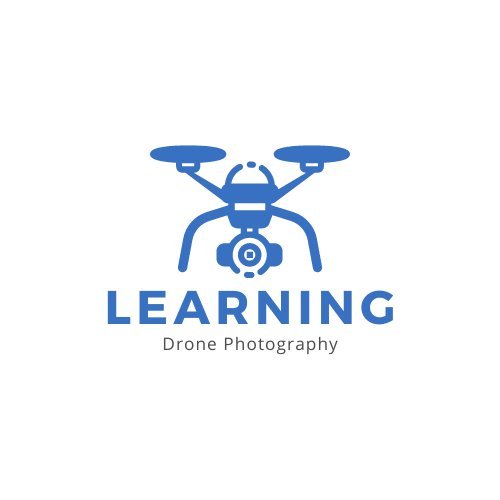
As educators and advocates for responsible drone use, we’re committed to sharing our knowledge and expertise with aspiring aerial photographers.
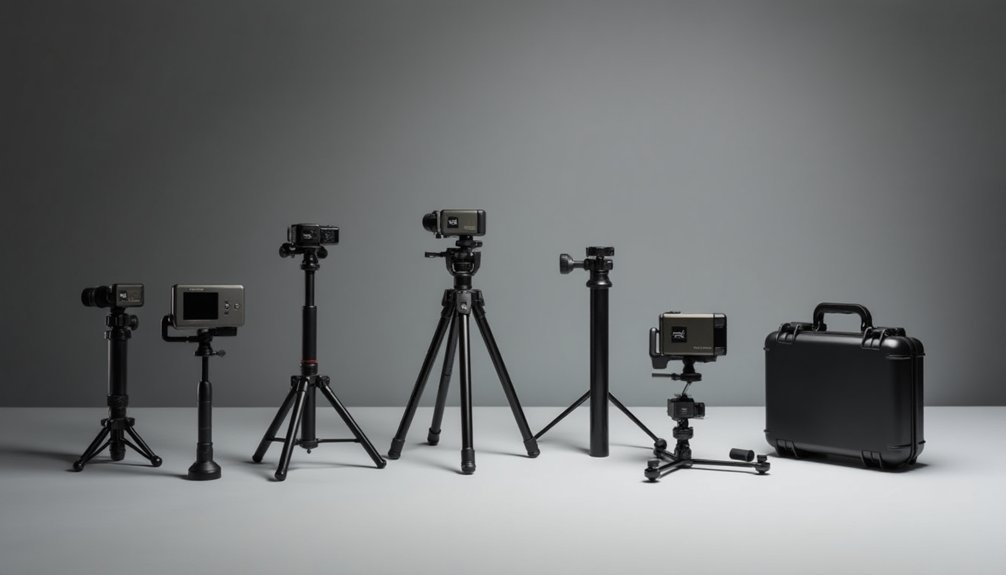
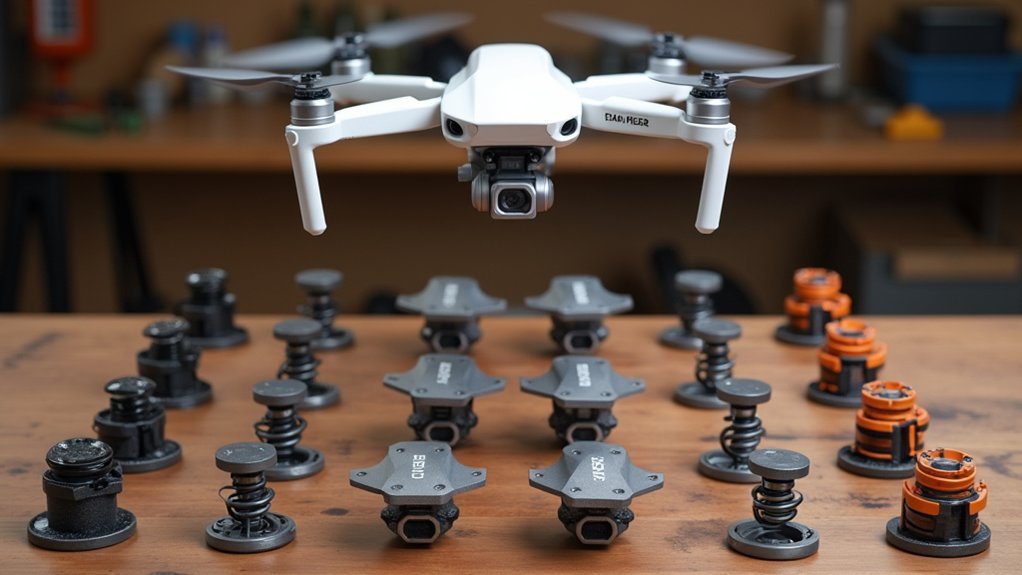
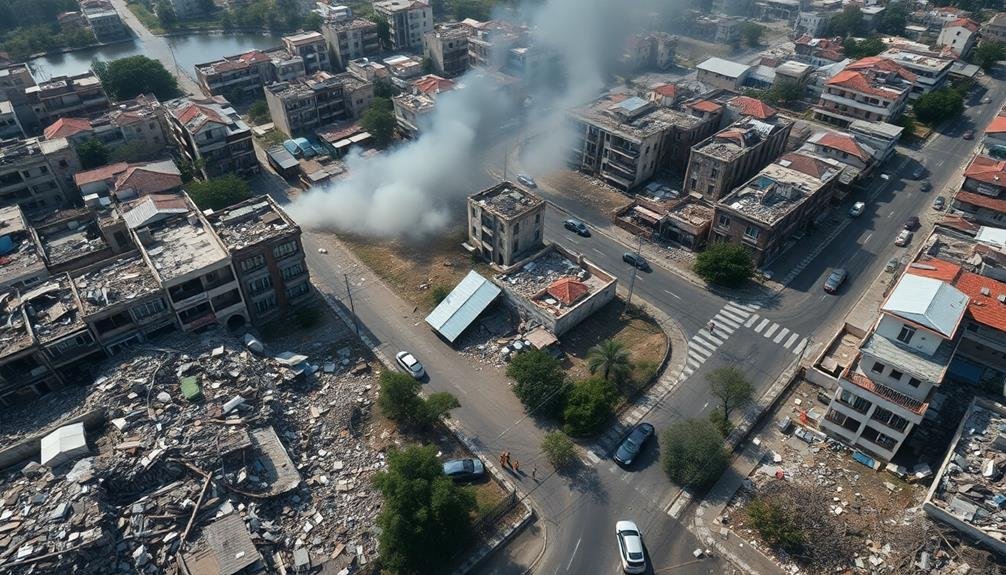
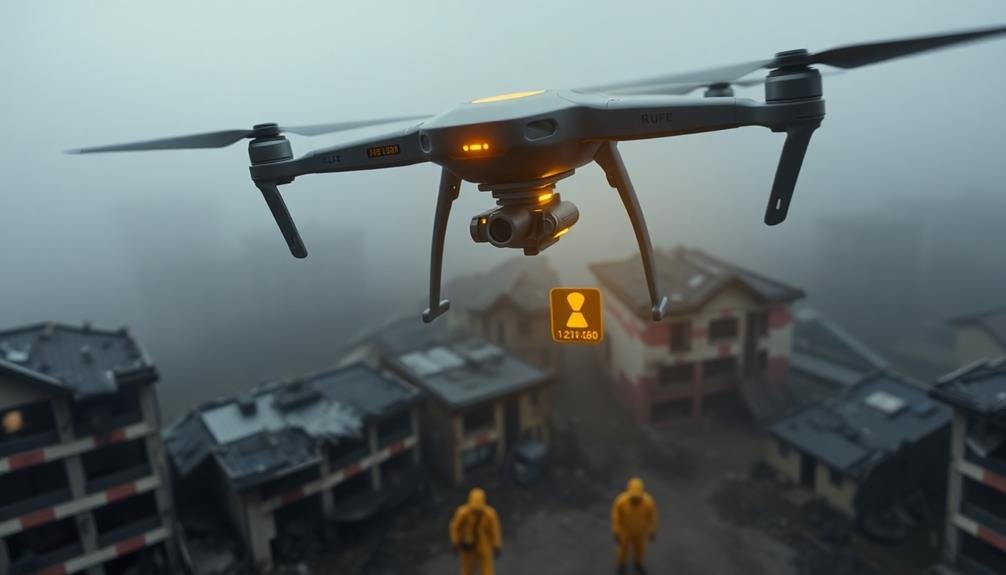
Leave a Reply